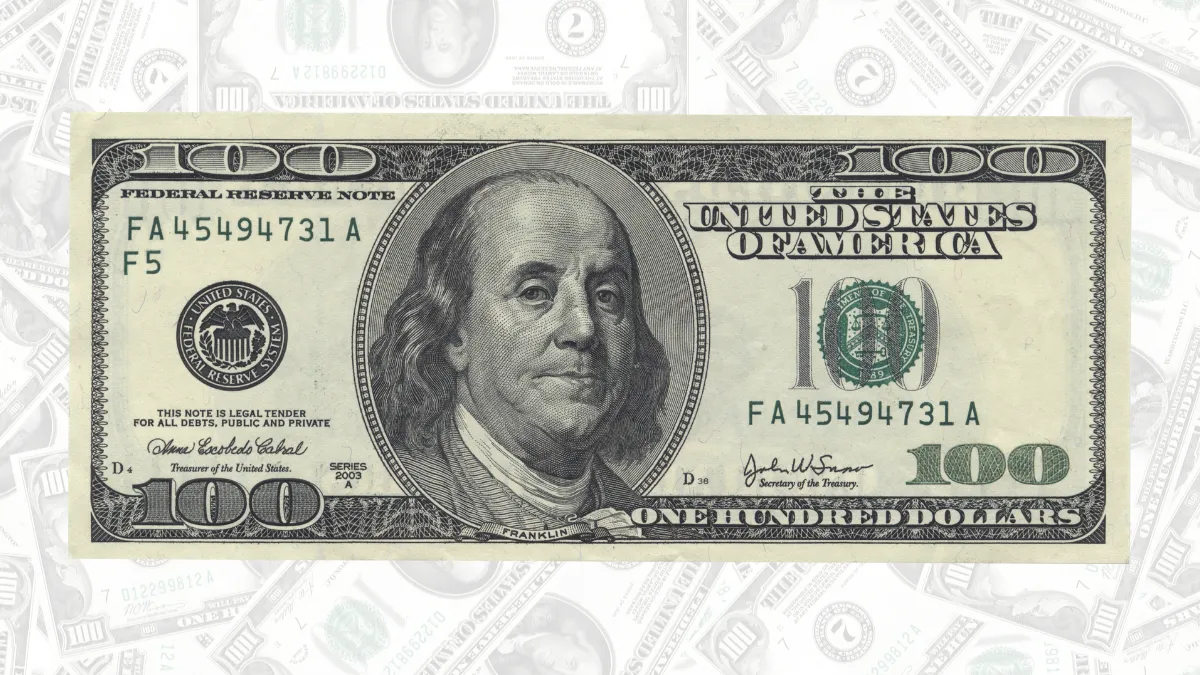What is Swap Fee? What is Overnight Interest?
In foreign exchange margin trading, "Swap Fee" or "Rollover Fee" is an important concept that every trader will encounter. The core of the swap fee lies in the interest rate differential after daily settlement, which is closely related to "Overnight Interest." Understanding the operation principles and calculation methods of these two can not only help you accurately grasp trading costs but also become a tool for optimizing trading strategies.Definition of Swap Fee:
The swap fee refers to the fee paid or received due to the interest rate differential when you still hold an open position after the daily settlement time (usually at 17: 00 New York time). This fee originates from the "Overnight Interest" in the currency pair, and since the interest rates of each currency are different, this leads to the cost or income of holding positions.Relationship between Overnight Interest and Swap Fee:
Overnight interest is the basis of the swap fee, referring to the interest cost or income generated from the differential between the benchmark interest rates of the two currencies in the currency pair:- Paying Overnight Interest: If you hold a short position in a high-interest currency, you need to pay this interest.
- Receiving Overnight Interest: If you hold a long position in a high-interest currency, you can earn this interest.
However, the swap fee is not just a direct reflection of the overnight interest; it may also include the following adjustments:
- Broker Adjustments: Many brokers will add or subtract a certain spread based on market conditions (such as liquidity, volatility).
- Triple Swap on Wednesday: The swap fee will be calculated as three times on Wednesday to cover the overnight interest for the two days of the weekend.
Why are there Swap Fees?
Foreign exchange trading involves the simultaneous trading of two currencies:- One currency is "borrowed" to open a position (paying overnight interest).
- The other currency is "deposited" to earn interest income.
How to Calculate Swap Fees:
The calculation of swap fees needs to consider the following factors:- Interest Rate Differential of the Currency Pair: Each currency pair has different benchmark interest rates. For example, if the interest rate for Euro (EUR) is 0.51%, and for US Dollar (USD) is 1.51%, then the swap fee for EUR/USD will be calculated based on a 1.01% interest rate differential.
- Position Direction:
- Long: Pay the interest rate of the low-interest currency and earn the interest rate of the high-interest currency.
- Short: Pay the interest rate of the high-interest currency and earn the interest rate of the low-interest currency.
- Trade Position Size: The larger the position, the larger the swap fee or income. For example, trading 1 standard lot (100,000 units) compared to trading 1 mini lot (10,000 units) may result in a tenfold difference in fees.
- Broker's Adjusted Spread: Brokers may adjust the overnight interest based on liquidity or market demand, ultimately forming the swap fee.
- Settlement Period Characteristics (T+2): Every Wednesday, the swap fee will be calculated as three times, reflecting the overnight interest for the two days of the weekend.
Actual Impact of Swap Fees:
Short-term Traders: Short-term traders usually close positions before the daily settlement time, so they do not incur swap fees or overnight interest.Long-term Traders: For traders with longer holding times, swap fees are an important part of the cost that needs to be accounted for, especially when holding long positions in low-interest currencies, as the fees may accumulate into a significant expense.
Carry Traders: Carry trading strategies focus on profiting from interest rate differentials. For example, when holding a long position in a high-interest currency pair (such as AUD/JPY), the swap fee may become a stable source of income.
How to Check Swap Fees?
- Check the Columns on the Trading Platform: Most trading platforms clearly display the swap fees for each currency pair, usually indicated in pips or amounts.
- Use a Swap Calculator: Online tools or swap fee calculators provided by brokers can help simulate fees based on trade volume and direction.
- Choose the Right Trading Strategy: Select platforms with low swap fees based on position direction and time, or adjust strategies to reduce costs. For example, short-term trading can completely avoid swap fees.
Application of Swap Fees:
Although swap fees are often seen as trading costs, they can also become part of a strategy:- Utilize overnight interest for carry trading to obtain stable income from interest rate differentials.
- In low-volatility markets, choose high-interest currency pairs to convert swap income into stable revenue.
Importance of Swap Fees in Forex Trading
Swap fees originate from overnight interest but incorporate the effects of market conditions and broker adjustments in specific calculations. Whether understanding its calculation methods or planning based on trading needs, swap fees are an indispensable part of foreign exchange trading. Mastering the operation principles of swap fees can not only help you control trading costs but also give you an advantage in trading decisions, achieving stable profits!Hi, We are the Mr.Forex Research Team
Trading requires not just the right mindset, but also useful tools and insights.Here, we focus on Global Broker Reviews, Trading System Setup (MT4 / MT5, EA, VPS), and Forex Trading Basics.
We personally teach you to master the "Operating Manual" of financial markets, building a professional trading environment from scratch.
If you want to move from theory to practice:
- Help share this article to let more traders see the truth.
- Read more articles on Broker Tests and Forex Education.





